‘We are still here’ was the theme for Saturday’s celebration at Southern Oregon University
By Meg Wade for Ashland.news
“We are still here” was the theme for Saturday’s Native American Heritage Celebration at Southern Oregon University, hosted by the SOU Native American Student Union (NASU) and SOU Native Nations Liaison Kenwanicahee (Kenwani) Kravitz (Madesi Band, Pit River Nation Winnemem, Nomtipom and Nomsus Bands Northern Wintu).
The theme speaks to the “resilience of Native peoples and culture given the history between the United States and our tribes,” Kravitz told Ashland.news in an interview before the event.
Yet “we are still here” might also be read as a reference to the continuance of the Native Studies Program at SOU, which was on a list of potential cuts earlier this year as the university sought to address a major budget shortfall.
While the university board of trustees approved a plan in August that included $5 million in cuts and eliminated 10 majors and 10 more minor programs of study, ultimately, the Native Studies Program was maintained.
Reconnecting and representing through Native Studies
At Saturday’s event, members of NASU were clear on how the program, the student association, and the continuance of their own cultural traditions were not separate, but tightly linked.
Current NASU Co-Chair Luke Wolgamott (Shawnee, Osage) transferred to SOU in part because of the Native Studies Program. He spoke with Ashland.news over a plate in the dining room at Stevenson Union where attendees at the celebration could partake in a salmon bake or Hawaiian lunch.
The budget cuts over the summer were “a really frustrating time for us,” he said. “Not only do you disrespect ‘Grandpa’ David (West) — it’s a non-verbal middle finger to the Native community.”
Wolgamott, a junior, has been leading culture nights on Thursdays where students can come together and share about their traditions. He has played a role in helping his own family reconnect to their Native heritage through his participation in NASU.
“My grandfather was estranged [from his cultural practices] because of murders on his reservation,” he said, “so the only way I can learn them is through what I do here.”
“I was able to dance at the powwow representing my people the best way I can. Dancing, that’s something that connects me to them.”
Wolgamott dances both Southern Straight Dance, from his Osage heritage, and Woodland Traditional, from his Shawnee roots.
After graduation, Wolgamott hopes to work for a language revitalization program with the Shawnee. His studies at SOU include Language Revitalization with Dr. Brook Colley, which he sees as directly preparing him for that work.

Inside the main event, NASU treasurer Demetrius Davis Boucher likewise saw the program and student association as critical for the exploration of his own heritage. Boucher identifies as a “reconnecting descendant” of the Cherokee Nation. He didn’t grow up with knowledge of his heritage, but through NASU, has been able to learn and explore those ties.
“What’s great about NASU,” he said, “is that you don’t have to be in the same tribe or even Native. Because we are all from different backgrounds, we can talk about different dynamics, different tribes.”
He credited Kravitz with helping students forge connections not just with other students but to other Indigenous communities in the region, through field trips to reservations or to witness practices like cultural burning.
And at the same time, he said, he’s been able to connect directly with enrolled Cherokee members, like Dr. Colley.
NASU “was my opening” to community, said Boucher.
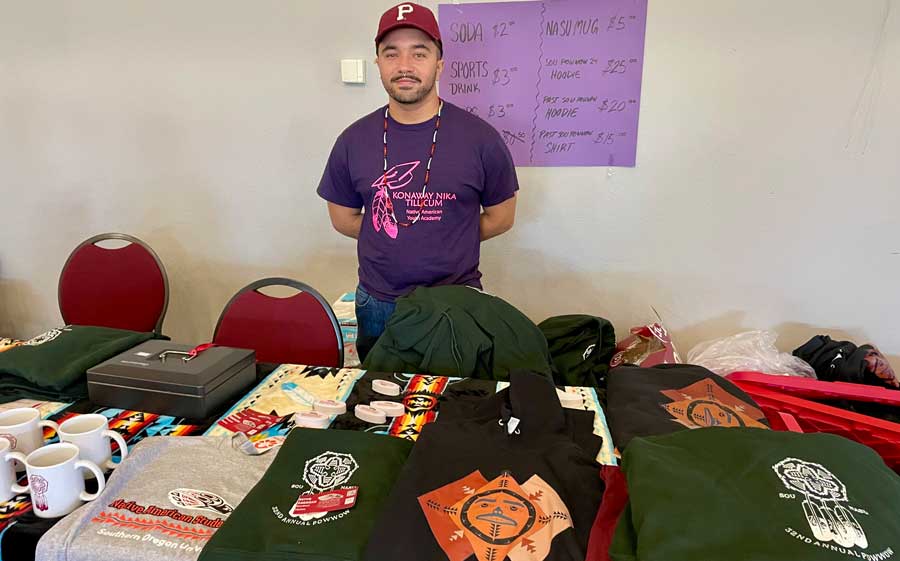
‘Our community needs this programming’
Casey Shillam, SOU executive vice president and provost, spoke with Ashland.news about coming to understand, in the conversation around the university budget and the Native Studies Program, how interconnected its various facets were.
“It was so powerful for me to understand that they don’t hold the clear distinction between teaching, scholarship, and service. It isn’t just about one piece — removing the one program would have been detrimental to so many programs,” Shillam said. “It was also incredibly apparent that our community needs this programming.”
Shillam helped open the morning by offering the land acknowledgment and additional remarks in which she noted that the university had “faltered” and offered appreciation for the ways in which members of the Indigenous community “continue to show up.”
The aim for the future, she said, is for “long-term, sustained, and respectful, rather than episodic” relationships, and for SOU to build towards having “Indigenous leadership guide and inform” its decisions.
But on Saturday, the goal was to “celebrate culture that enriches our entire campus and celebrate the contributions of our Native students.”

Dance, fire, fashion
Throughout the day, there was drumming, dance demonstrations — including the Karuk River and Roots Youth Dancers, and a Hoop Dance presentation by Sage Romero (Paiute/Taos Pueblo), director and founder of AkaMya Culture Group — and participatory round dances and intertribal dances.
In the afternoon, Belinda Brown (Kosealekte Band, Ajumawi-Atsuge Nation, Pit River Tribe), Tribal Partnership Director for Lomakatsi Restoration Project, spoke briefly before showing Lomakatsi’s video “Tribal Hands on the Land.” Lomakatsi, like SOU, has lost federal funding. Some of those losses are due to their refusal to remove their land acknowledgment from their website, said Brown, who received applause after emphasizing that they had no intention to take the acknowledgment down.
Following Brown was a fashion show staged by Keeli Littleleaf (Confederated Tribes of Warm Springs and Piikani Nation Blackfeet), who produces designs under her label Ayayat. Her models, which included NASU students, wore everything from sweatshirts that read “Support Indigenous Creatives” to ribbon skirts paired with corsets and jewelry crafted from dentalium.
NASU’s Native Royalty program is another example of how its work reaches well beyond the campus, explained Lovik, describing how it’s pushed her not just into classrooms to speak with students but in front of much larger audiences.
“And I don’t identify as a public speaker!” she said.
Royalty programs include pageants and winners are selected to represent their community at events around the state, such as powwows, and to engage in acts of service. Many universities around the state have instituted Royalty programs, including the University of Oregon and Oregon State University.
SOU’s Royalty program is unique, Lovik noted, in that it spans two years and begins the final year of high school. That first year allows one “to have a little more fun,” and to get familiar with all of the events and the role, allowing one to be “more serious” in their service in the second year.

NASU members were clearly taking their service seriously in their work to put together Saturday’s celebration. Some reported not having slept in several days. But there was clear pride and camaraderie as the event drew to a finish and they prepared to clean up together.
“Today’s been a really good day,” said NASU Treasurer Boucher, who said the purpose of the day was “to bring people together, to spread joy, to just be in good spirit,” and that he was glad “to bring all our Indigenous and Ashland community together.”
Email Ashland resident and freelance journalist Meg Wade at [email protected].
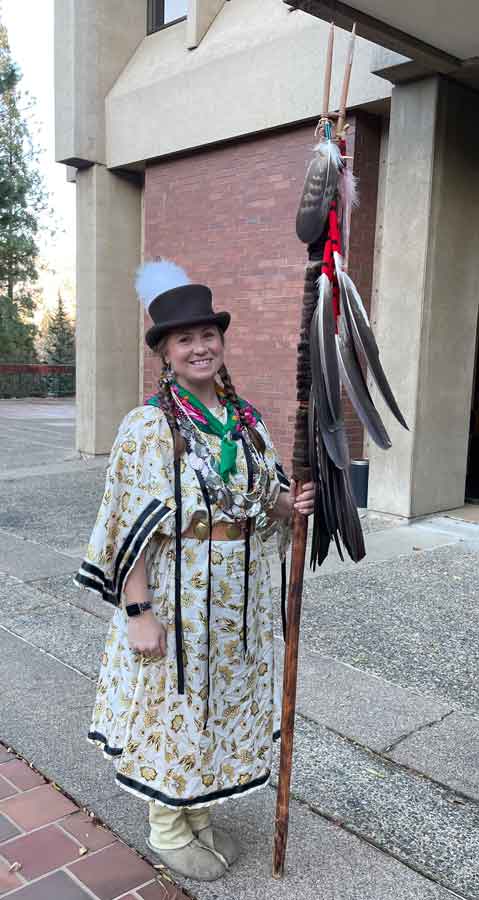






![United States’ cities average electricity price per kWh. U.S. Bureau of Labor Statistics, APU000072610], retrieved from FRED, Federal Reserve Bank of St. Louis; https://fred.stlouisfed.org/series/APU000072610, Nov. 10, 2025.](https://ashland.news/wp-content/uploads/2025/11/Power-graphic-300x141.jpg)
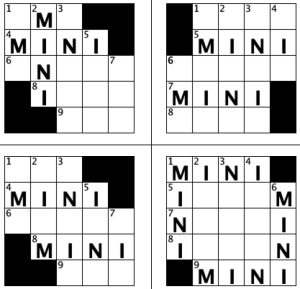
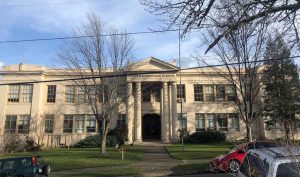

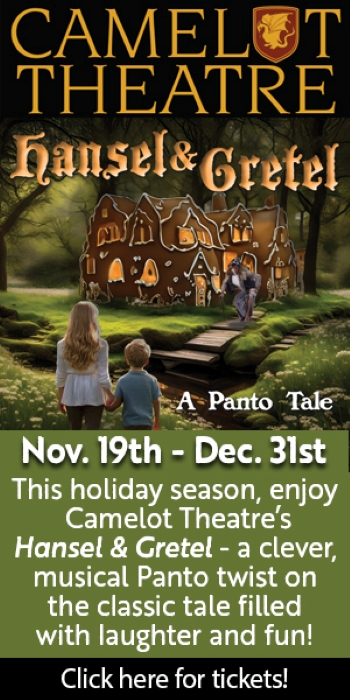
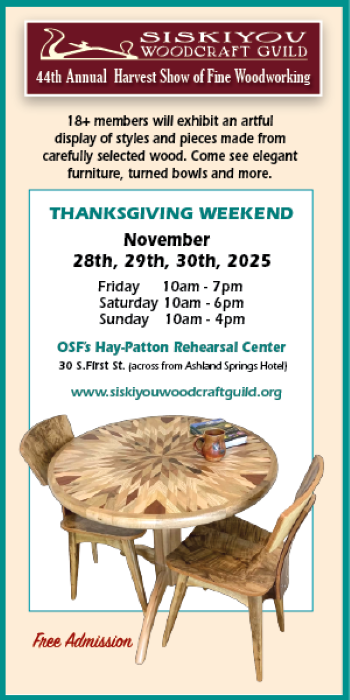
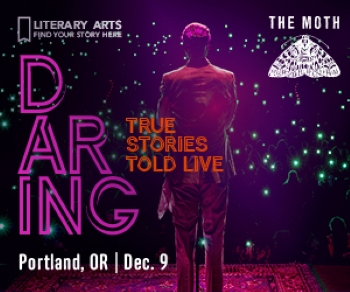


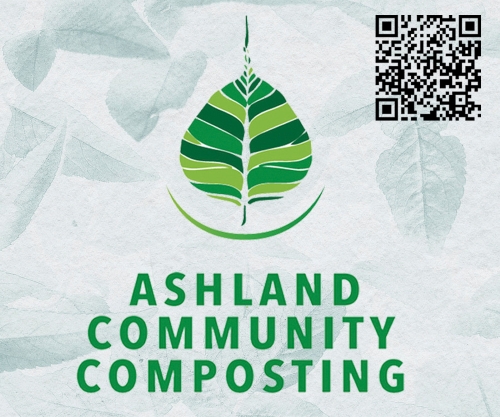



![United States’ cities average electricity price per kWh. U.S. Bureau of Labor Statistics, APU000072610], retrieved from FRED, Federal Reserve Bank of St. Louis; https://fred.stlouisfed.org/series/APU000072610, Nov. 10, 2025.](https://ashland.news/wp-content/uploads/2025/11/Power-graphic.jpg)


